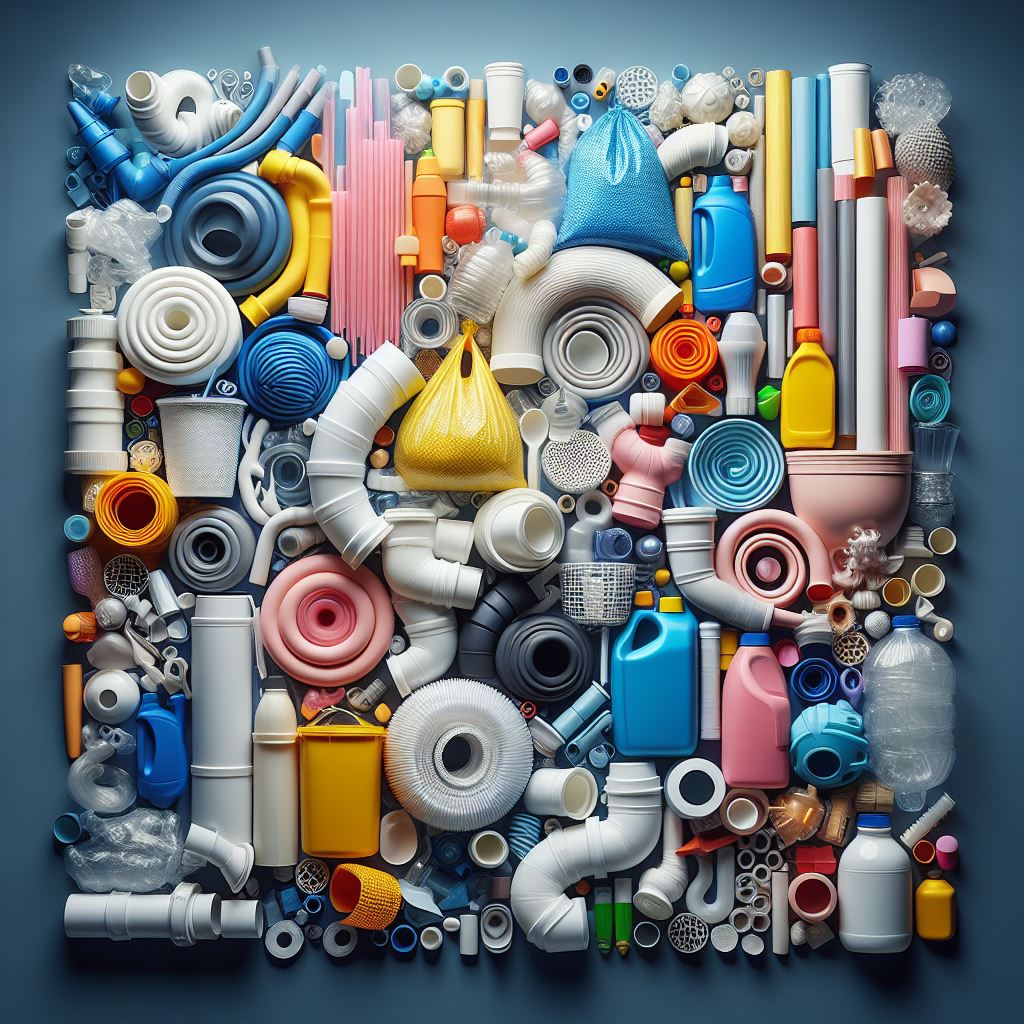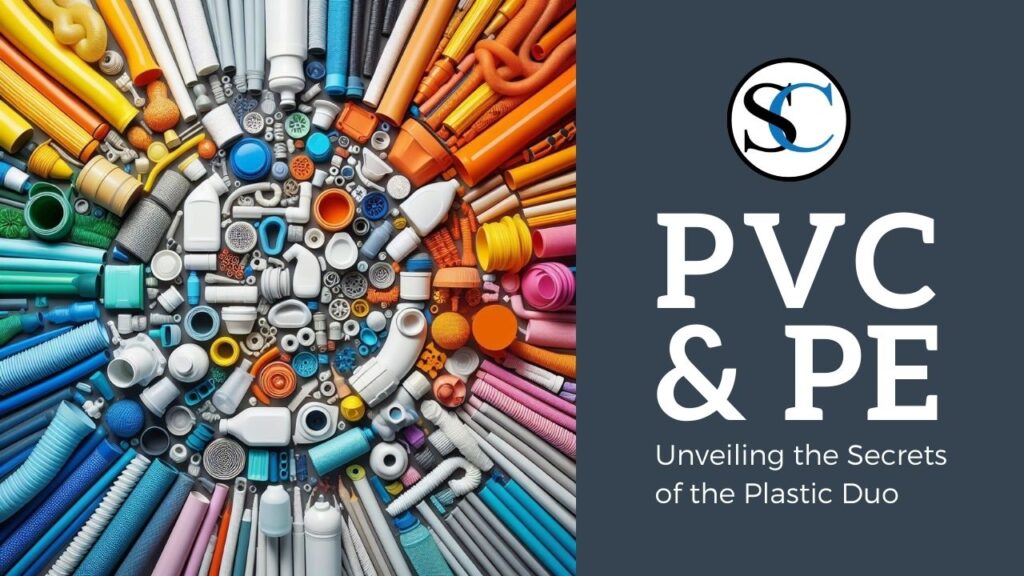Introduction:
PVC & PE: Plastic. It’s everywhere – from the water bottle in your hand to the pipes under your house. But within this broad term lies a diverse cast of characters, each with its strengths and weaknesses. Today, we’ll unveil the secrets of two plastic powerhouses: PVC (polyvinyl chloride) and PE (polyethylene). Get ready to embark on a journey that explores their unique properties, surprising applications, and the ongoing debate about their environmental impact.
Unveiling the Twins: PVC & PE
The Birth of Titans: Both PVC and PE were born in the 20th century, driven by the need for versatile, affordable materials. PVC emerged in the 1930s, offering superior durability and chemical resistance. PE followed closely in the 1940s, boasting lightweight flexibility and excellent food safety.
Under the Microscope: Despite being plastics, Polyvinyl Chloride and PE are distinct on a molecular level. PVC features a rigid, chlorine-based structure, making it strong and resistant to heat and chemicals. Conversely, PE has a flexible, carbon-based backbone, offering excellent formability and electrical insulation.
A World of Applications: PVC & PE
Beyond the Pipes: We often associate PVC with plumbing and construction materials. But its reach extends far beyond pipes, from medical tubing and electrical wire insulation to flooring and toys. PE, known for its food safety, dominates the packaging world, from water bottles and food wraps to grocery bags and toys. But its versatility extends to automotive parts, fibers for clothing, and even artificial turf.
The Unsung Heroes: PVC & PE are often the silent partners in our daily lives. They contribute to our infrastructure (PVC pipes deliver clean water), healthcare (PE syringes deliver life-saving medication), and even our leisure activities (PE kayaks provide fun on the water).

The Sustainability Debate: PVC & PE
The Shadow of Plastic: The environmental impact of plastics is a major concern. Both PVC and PE face scrutiny, with concerns about their production processes, potential for microplastics, and end-of-life management. However, the picture is not entirely bleak.
The Green Strides: PVC & PE: Both industries are actively pursuing sustainability initiatives. PVC recycling rates are improving, and new bio-based PVC options are emerging. PE boasts high recycleability, and innovations like closed-loop systems are minimizing waste.
The Consumer’s Choice: While the debate continues, individual choices matter. Opting for reusable alternatives, recycling diligently, and supporting sustainable brands can make a difference.
The Future Unfolds: PVC & PE
Innovation at the Forefront: Both Polyvinyl Chloride and PE are constantly evolving. New manufacturing techniques, bio-based materials, and even biodegradable options are pushing the boundaries of sustainability.
A Collaborative Future: The future of plastics hinges on collaboration. Working together, researchers, manufacturers, and consumers can ensure that Polyvinyl Chloride and PE continue to play a vital role in our lives while minimizing their environmental impact.
Conclusion: PVC & PE
PVC and PE are more than just plastics; they are intricate parts of our world. Understanding their properties, applications, and sustainability challenges empowers us to make informed choices and contribute to a more responsible future. So, the next time you see a PVC pipe or a PE bottle, remember the fascinating story behind these seemingly ordinary materials. And who knows, maybe you’ll even be inspired to join the movement shaping their future!
Remember PVC & PE: This is just a starting point. Feel free to add specific examples, statistics, and personal anecdotes to make the blog even more engaging and informative. You can also explore specific applications of Polyvinyl Chloride and PE in more detail, depending on your target audience.
I hope this helps you create a long, catchy, unique, and informative blog about the fascinating world of PVC & PE!
C PVC: Think Beyond the Pipe, Unlock Creative Possibilities!





